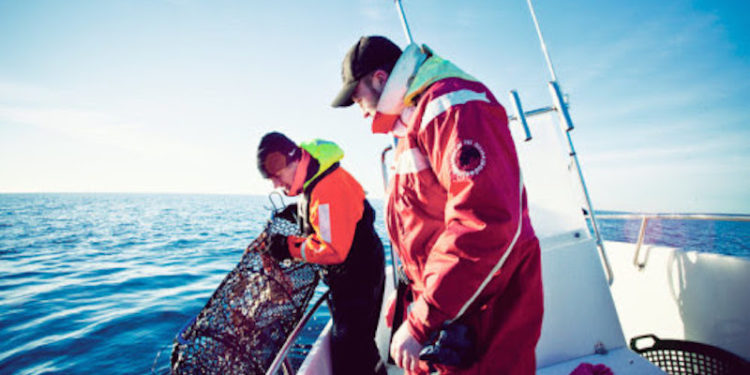The Swedish Agency for Marine and Water Management (SwAM) has proposed new rules aimed at strengthening the lobster population in Swedish waters. The new rules are expected to enter into force this autumn.
SwAM’s reasoning is that the stock of lobster in Swedish waters is judged to be weak and needs the opportunity to grow, both in number and in size. SwAM’s proposals include, among other things, the reduction of the number of pots allowed, a shorter fishing season and the increased minimum landing size.
According to SwAM, there is no overall picture of the Swedish lobster stock. However, analyses indicate that fishing effort is high and the stock is at a historically low level and the catch per unit of effort has decreased continuously since the 1970s.
‘Studies in closed areas show that the amount of medium-sized lobster size in the population rapidly increases when fishing decreases or completely ceases. There are great opportunities to strengthen the stock by limiting fishing,’ said SwAM’s Martin Rydgren.
Lobster are found in the Skagerrak, Kattegatt and the northern part of the Sound. It prefers a depth of 10-30 metres and a rock bottom or algae-covered rocky bottom. The maximum length is about 50 centimetres with a weight of about four kilos, although in Swedish waters they rarely grow beyond 30 centimetres or weighs over one kilo. On the west coast of Sweden there are extensive commercial and recreational fisheries for lobster.
‘Commercial fishermen should report their catches to us. For recreational fishermen there is no requirement for catch reporting. But, the scope of recreational fishing is significantly greater than that of the commercial fishery, and we estimate that more than 90% of the gear used in the fishery belongs to recreational fishermen,’ Martin Rydgren said.
Commercial fishermen may use up to 50 lobster pots while a recreational fisherman is allowed to use up to 14.
SwAM is now proposing to reduce commercial fishermen to 40 pots and recreational fishing to six, while also proposing to shorten the fishing season for recreational fishing from the first Monday after 20th September to 30th November, while allowing commercial fishing to continue into December – but with a complete ban in the early part of the year. The proposal is also to increase the minimum landing size from 80 to 90mm
‘We estimate that the proposed changes are necessary for the stock of lobster in Swedish waters to be able to recover. A sharp reduction in the number of lobsters caught is needed to achieve this. However, in the long run, the assessment is that the proposal means that the reproduction of lobster can increase and that this will gradually lead to improved fishing,’ Martin Rydgren said.
SwAM has submitted its proposals and if these are approved, the new rules are expected to come into force on 1st September.









